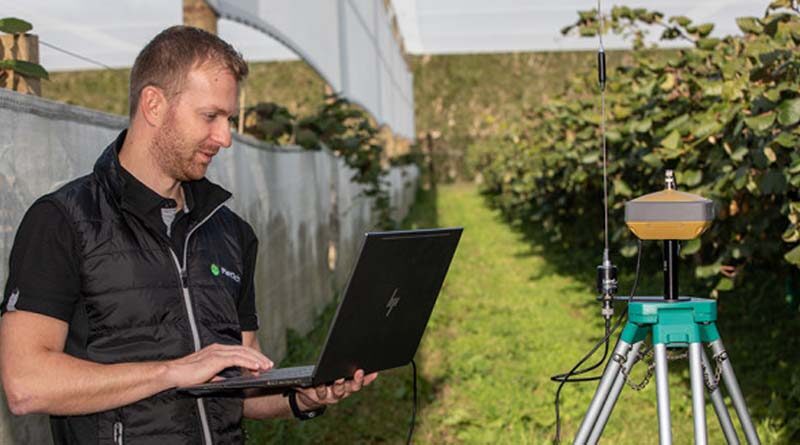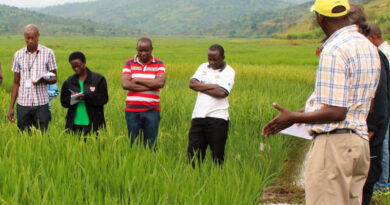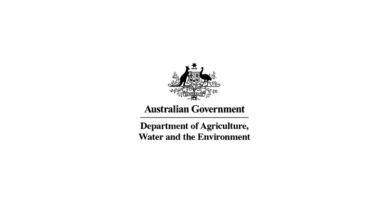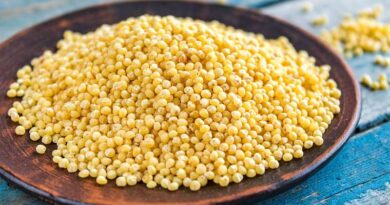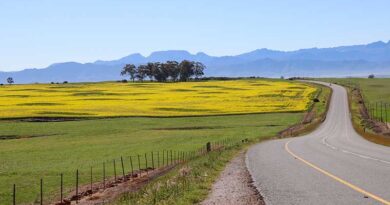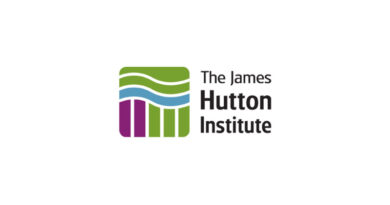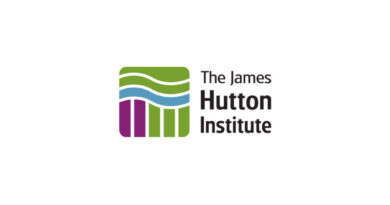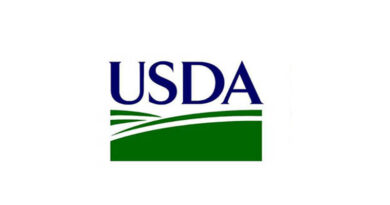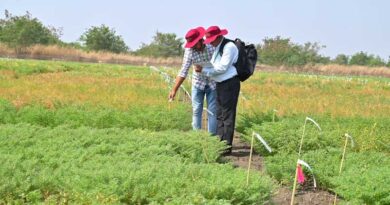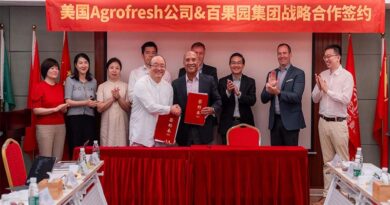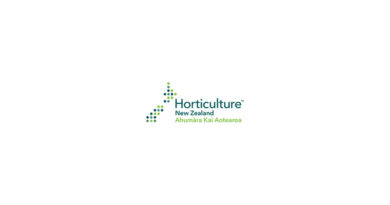Is fluorescence an answer to diagnosing plant stress?
04 May 2022, NZ: Kiwifruit vines on some Bay of Plenty orchards are under intense scrutiny from above and below as scientists gather information to discover how fluorescence emitted by their leaves can be used as an indication of plant stress.
The international research is led by Tauranga’s PlantTech Research Institute and funded by a $1 million grant from the Ministry for Business, Innovation & Employment (MBIE) Endeavour Fund, New Zealand’s largest contestable research fund.
The project has assembled a team of experts from PlantTech, Plant & Food Research, Massey University, Melbourne University in Australia and Durham University in the United Kingdom with international expertise in remote sensing, numerical physical simulations, machine learning and computer vision.
Principal research scientist leading the project, Dr Alvaro Orsi, says data is being collected from kiwifruit orchards at Matapihi and Katikati.
“PlantTech will pass back the knowledge from this project to the growers from whose blocks data is collected. This is core to the project’s aims, which is not to stop with scientific research but to translate what is learned into actionable insights which growers can apply to create sustainable management practices.”
To gather the information required, data collection platforms mounted on drones, fixed wing aircraft and ground-based vehicles are measuring sun-induced fluorescence (SIF) which is an indicator of photosynthetic activity and plant stress, such as lack of water, hot temperatures and nutrient deficiency. Pests and disease also impact photosynthetic efficiency and can be probed by studying SIF.
Also Read: India signs declaration with Germany on agro-ecology and sustainable management of natural resources
“We are collecting data from several locations to create a virtual 3D representation of an orchard. We aim to develop models to show how sunlight interacts with the kiwifruit canopy. By the end of this year, we should have a good understanding of what happens in the orchard and how the direct application of that knowledge can benefit growers and industry.”
One of the data collection platforms is LiDAR (Light Detection and Ranging) laser scanning technology fitted to a drone. “It is the same tech in the latest generation of smart phones, iPhone and iPad, but with much more resolution and accuracy.”
Alvaro explains that the LiDAR uses ‘point cloud’ technology to collect billions of individual measurement points, in this case the surface of kiwifruit leaves. “A point cloud is like throwing sand into the canopy and recording where each sand grain falls. The big challenge is to analyse this point cloud data and convert it to a 3D representation of the orchard.
“The aim is to capture a realistic and robust representation of the distribution of the inclination of leaves in the canopy. Not all leaves are perfectly horizontal, and the distribution of inclination is ultimately a key factor in determining photosynthesis in the orchard. This is important as photosynthesis drives plant growth and fruit quality.”
Another instrument being employed is a hyperspectral imaging camera fitted to a light aircraft which flies over orchards. “A normal smartphone camera captures light in red, green, and blue channels (RGB), but using hyperspectral imaging we are capturing over 360 different wave bands within the optical and near infra-red range.
“This gives us detailed information about the way the canopy is reflecting sunlight. During photosynthesis, the leaves are absorbing radiation from the sun. At some point, light receptors become saturated and need to get rid of excess radiation which is released in the form of heat or thermal radiation. Chlorophyll also releases a tiny amount of excess radiation in the form of fluorescence emission.
“Hyperspectral imaging captures a lot of detail about the different properties of light reflected by the leaves, which is especially important as the main challenge of our project is to measure sun-induced fluorescence.
“Fluorescence is the process that excites the chlorophyll molecules within the leaves to emit radiation and for the purposes of our research, is a proxy for photosynthesis efficiency.
“We want to measure and interpret fluorescence to provide an indication of what the plant is doing. If photosynthesis is below optimal, that will be a signature for stress, and we will be able to use that signature to tell which regions in an orchard are suffering more stress than others.”
Alvaro says the next step is to understand why parts of an orchard are showing stress. To help interpret the extensive data being collected, the research is also gathering ‘ground truth data’ which includes the field collection of leaf properties using proximal sensors and laboratory analysis of nutrient contents of leaves.
“Once we are able to say this part of an orchard is experiencing stress it may be possible to determine if that is because of water or nutrient deficiency, or even due to the presence of pests or disease.”
With that information, growers can decide which areas in their orchard should receive irrigation. The information will also lead to improved nutrient management in the form of localised fertiliser applications.
“Traditional management techniques are uniform throughout an orchard, which is ineffective because areas with optimal nutrient and water levels may become saturated while those which require it may not receive sufficient water or fertiliser.
“The goal of this research is to provide a more intelligent, informed way to manage and conserve water and fertiliser resources, which is the way the industry is heading.
“Such a strategy will result in further optimisation of irrigation and fertilisation management, and crop yield and quality overall by promoting a pathway to enable photosynthetically efficient crops.
“These impacts will help mitigate the global challenges of increasing world demand for sustainable food production, as climate change makes traditional orchard management practices progressively more obsolete.
“Improved horticultural practices will make horticultural businesses more financially sustainable. In the first instance these benefits will flow to the kiwifruit industry, as Aotearoa New Zealand’s largest horticultural exporter, and kiwifruit growers in particular.
“In time, the benefits will transfer into other horticultural exports, such as the avocado, apple and pear export sectors,” says Alvaro.
PlantTech chief executive Mark Begbie says, “Maintaining food supply and production efficiency in the face of climate change will become increasingly challenging. Through this work, we will develop techniques that help us to manage limited resources more efficiently and derive understandings that can give us deeper insights into crop health. By doing this project using remote sensing data we create a scalable solution with the potential to have global impact across the primary industry.”

